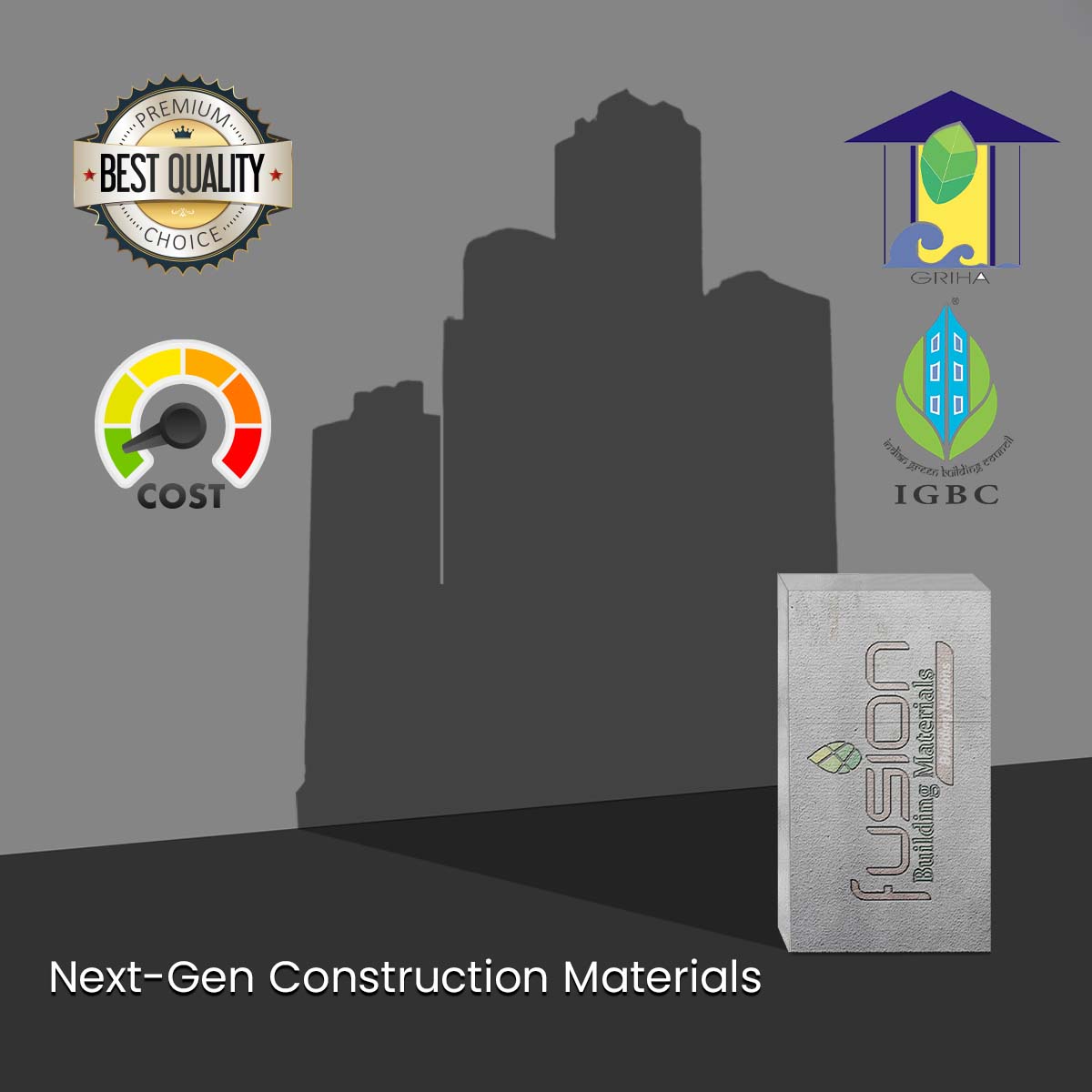This article is a step-by-step overview of best practices for AAC block masonry, focusing on essential aspects such as foundation readiness, moisture control, proper block handling, mortar application, reinforcement, and compliance with construction standards. Designed for engineers, site supervisors, and construction professionals, it ensures every AAC block structure is built with strength, durability, and precision. These guidelines will help you prevent common issues like cracking and poor bonding, ensuring a higher-quality finish and longer service life.








